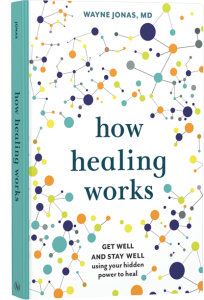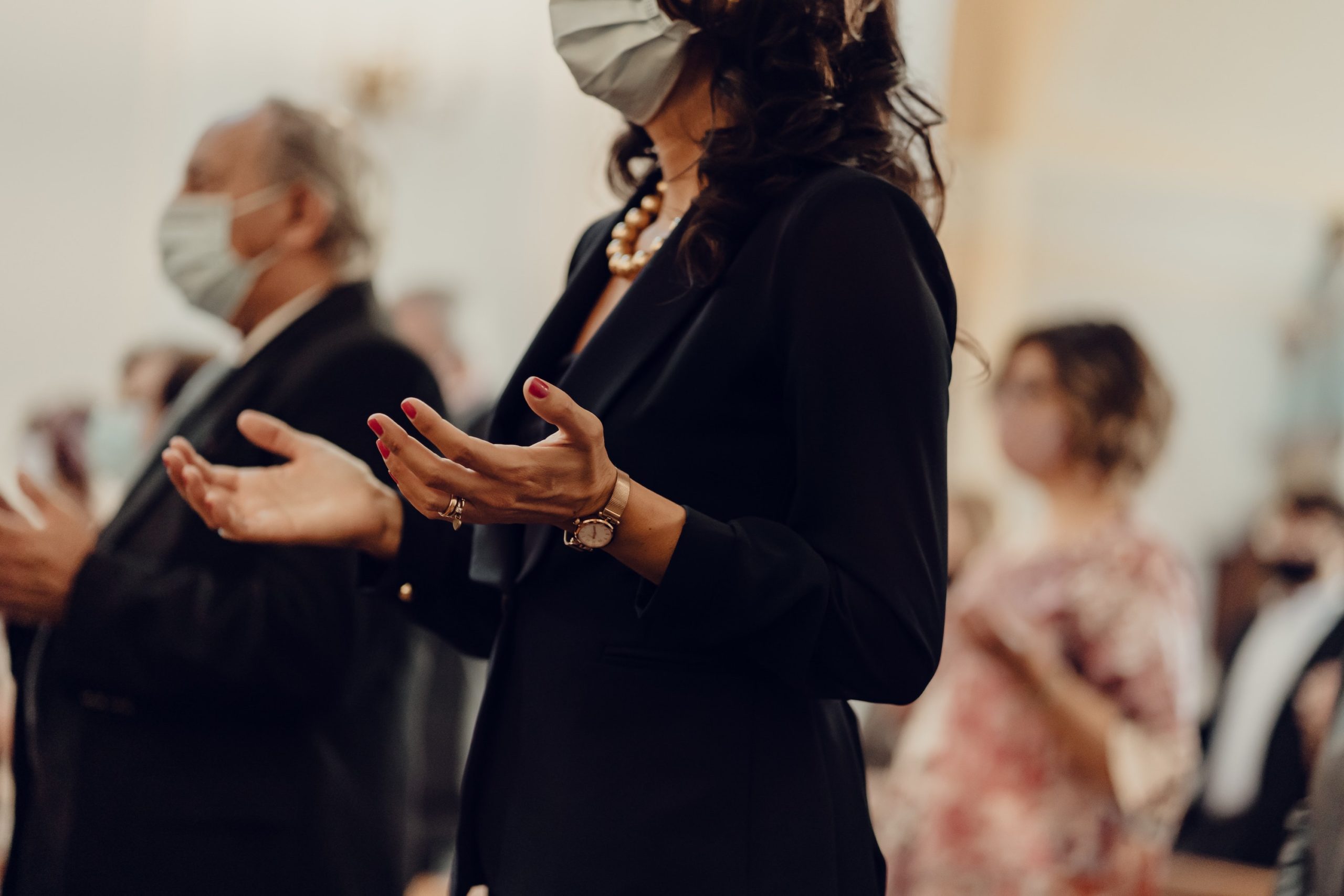Your personal support system consists of a number of relationships. These include your family, friends, doctor, pastor, neighbors, coworkers, boss and many others. They can support you, or they can add to your stress and burdens. An optimal interpersonal environment is made up of more positive relationships than burdensome ones. Those that are healing in nature are loving, kind, trusting and benefit everyone involved.
How to Develop Healing Relationships?
We are social beings. We need relationships with others, both individually and as part of a community. They provide us with a sense of belonging, caring and support for our health. In fact, it has been shown that physical illness can result from social isolation and depression—especially now. But as we all know, some relationships are better for us than others. And while some relationships may literally “make us sick,” love and support among family, friends or colleagues actually boosts our immune systems and can delay disease and death. Research published by Carnegie Mellon University in the past decade showed that social support and belonging can reduce stress, heart disease and improve quality of life.
Positive relationships are healing relationships. Trust, honesty and compassion are the three elements of a healing relationship. Being loved, respected, understood and connected to others can have a profound effect on your health. By using the following, you can decide which aspects of your relationships are healing and which can be improved. For each relationship, ask yourself if the following statements are true.
Trust:
- I feel emotionally and physically safe.
- I don’t have to be on guard against being hurt by the other person.
Honesty:
- Both the other person and I can reveal true feelings without harm to either of us.
Compassion:
- Both the other person and I have the ability and willingness to understand one another and express kindness.
If you find that a relationship does not contain all three of these aspects, don’t feel like you must shut that person out of your life. It is possible to learn skills that infuse relationships with the healing qualities of trust, honesty and compassion. Following are just a few examples of how to create more healing relationships in your life.
Communication is Key
Honest and open communication is essential to healing relationships. Miscommunication often happens among family members, students and teachers, and patients and health care providers. This miscommunication is only compounded now, in a world of virtual interactions. Next time you have an important conversation, use simple communication techniques, such as repeating back to the person what you heard. To see if you understood correctly, say to them, “Let me see if I understand what you are saying,” to help prevent misunderstandings.
Another technique is to use “I” statements that tell the other person, “This is how I feel.” This helps to create open communication as opposed to saying, “You are wrong and this is why.”
Good communication skills build strong relationships. They ensure that your interpersonal environment is one that optimizes your ability to heal.
Being a Friend Makes an Important Impact
Having quality friendships is vital to well-being. Be a good friend by listening more than talking. Only offer advice when asked. By refraining from both judgment and persistent complaining, your friends will adopt the same positive behaviors. Value your friends for who they are and provide mutual support.
Healing Groups
Whether it’s a school, workplace, church or community organization, you are part of many groups that impact your life. Being involved in groups that are healthy and have healing qualities supports your health and well-being. These types of healing groups allow you to participate in making decisions that affect you. They promote open and honest communication, create a climate of trust and personal responsibility and inspire a sense of belonging. Thankfully, most of these groups have adapted to our current climate and offer virtual meetings and substitute digital options instead of physical gatherings.
Groups that foster a culture of healing have the following characteristics in common:
- Respect for individuals, including their inner lives.
- A system of values that is present at all levels.
- Honest and open communication at all times.
- A climate of trust.
- A focus on learning rather than blame.
- Opportunities for self-care, like exercise and yoga.
- Ask yourself whether the groups that you belong to help you to heal or whether they impede it.
Leadership
Ask yourself: Am I a good leader? Am I a good follower? Good leaders and good followers “walk the talk.” They work on improving their communication skills, they treat others as they would like to be treated and they are good team players. Examine your role in the workplace or other types of groups that you may be a part of and explore your ability to shift it toward a healing culture. The best way to do this is to lead by example.
Getting Involved
Are you actively involved in an organization? Getting involved is critical if you want the organization to develop a healing culture. Opportunities such as PTA, committees and volunteer activities are ways to inspire change. As a part of these groups, set a good example for others in the ways previously mentioned. Build healing relationships with your virtual co-workers. This can provide you with opportunities to practice your own self-care and to share with others ways to foster open communication and caring relationships that support greater personal wellbeing, both in work environments and in other situations.
For more information, read Optimal Healing Environments: Your Healing Journey.
 Take Your Health Into Your Own Hands
Take Your Health Into Your Own Hands
Drawing on 40 years of research and patient care, Dr. Wayne Jonas explains how 80 percent of healing occurs organically and how to activate the healing process.

